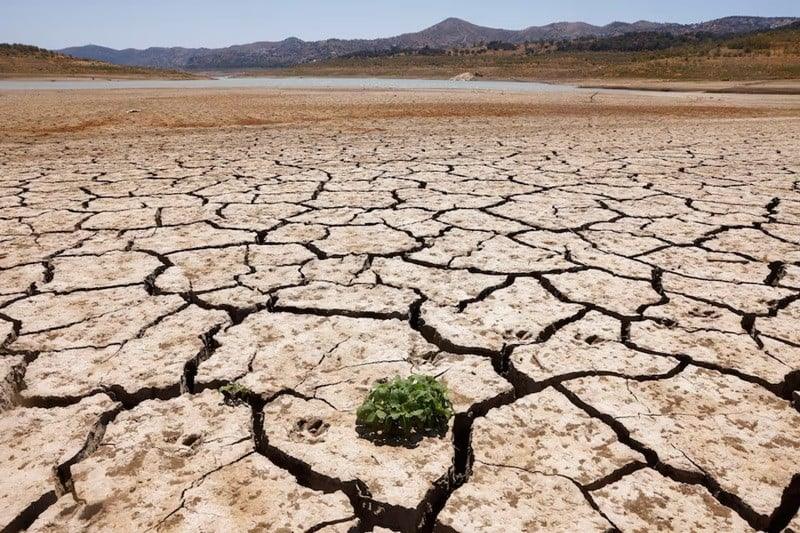Lahore:
A winter drought ravages crops in Punjab, farmers have said where the region has dried up by a decrease of 40 percent in rainfall.
Pakistan – home to more than 240 million people – is among the countries that are most vulnerable to the effects of climate change that, according to researchers, make extreme weather events more common and more serious.
Pakistan’s Meteorological Department (PMD) says agriculture’s heart land in Eastern Punjab Province experienced 42 percent less rainfall than usual between the beginning of September and mid-January.
“The lack of rain has had a great financial impact on farmers, whether they have a large achievement or small,” the chairman of the Fruit and Vegetable Exporter Association in Punjab, Malik Asghar, told AFP.
“Potato is a permanent component of my area. The average is very low this year. Normally we could easily get 100 to 120 sacks per hectare. This winter we only got about 60 sacks per hectare.” The agricultural sector contributes almost a quarter of Pakistan’s GDP and employs 37 percent of the national workforce, according to the UN Food and Agriculture Organization.
But Asghar said many small farmers were “already giving up” and looking for employment elsewhere.
“This time of dry weather will have a very negative reaction to them,” he said.
Sindh, Pakistan’s most urbanized province located in the south, experienced rainfall 52 percent below normal levels according to PMD, while Balochistan experienced a 45 percent decline in the west.
“Mild Drought” ruled most of Punjab, all of Sindh and about half of Balochistan in January according to PMD, which predicts quickly beginning “flash-dry” in the coming warmer months.
Wheat farmer Ishfaq Ahmad Jatt said his harvest in the multan area in central Punjab has been “badly affected” by a lack of rain.
“Even five years ago, we used to get winter rain for one week at a time. It was easy rain, but it was enough for us,” said the 45-year-old. “If it doesn’t rain soon, you can expect production to fall by as much as 50 percent.” Pakistan is generally dependent on water from the Indus River, which intersects the country from north to south, where it opens into the Arabian Sea.



